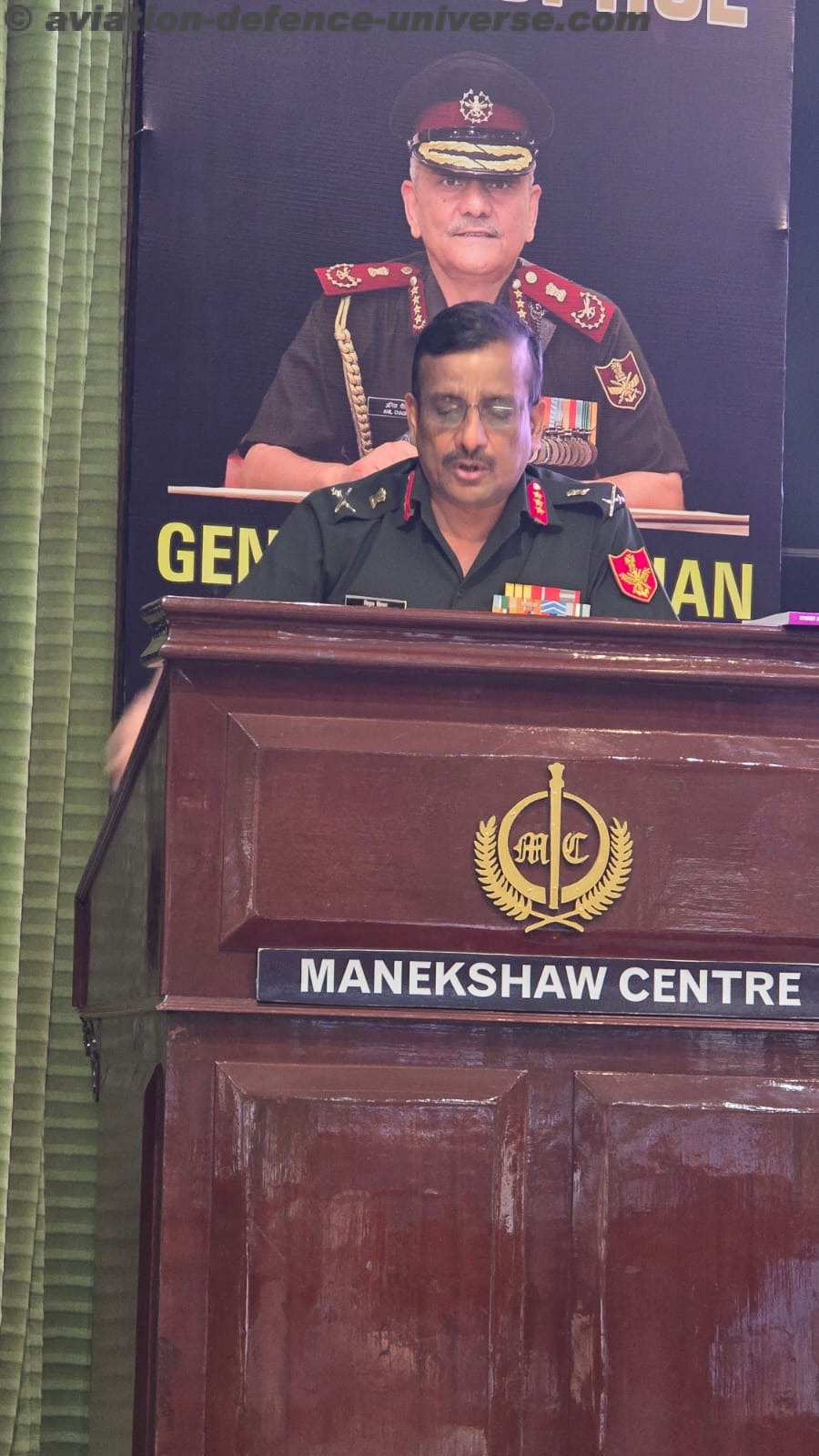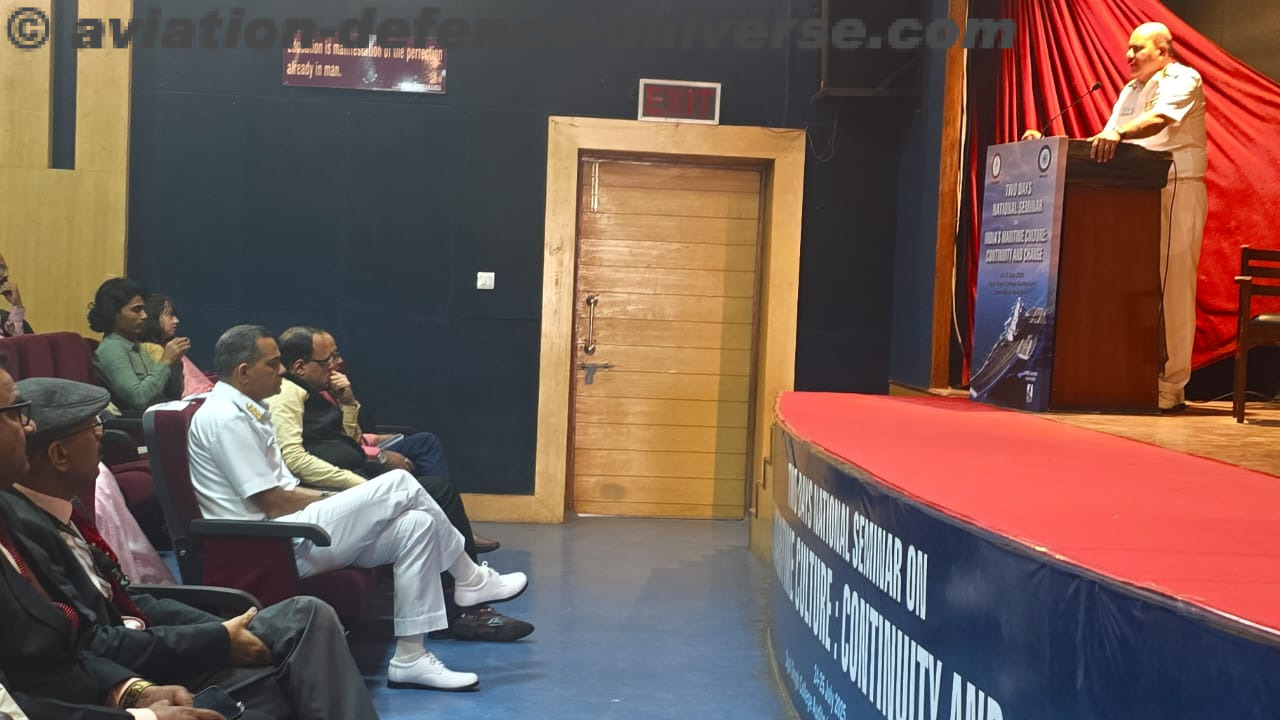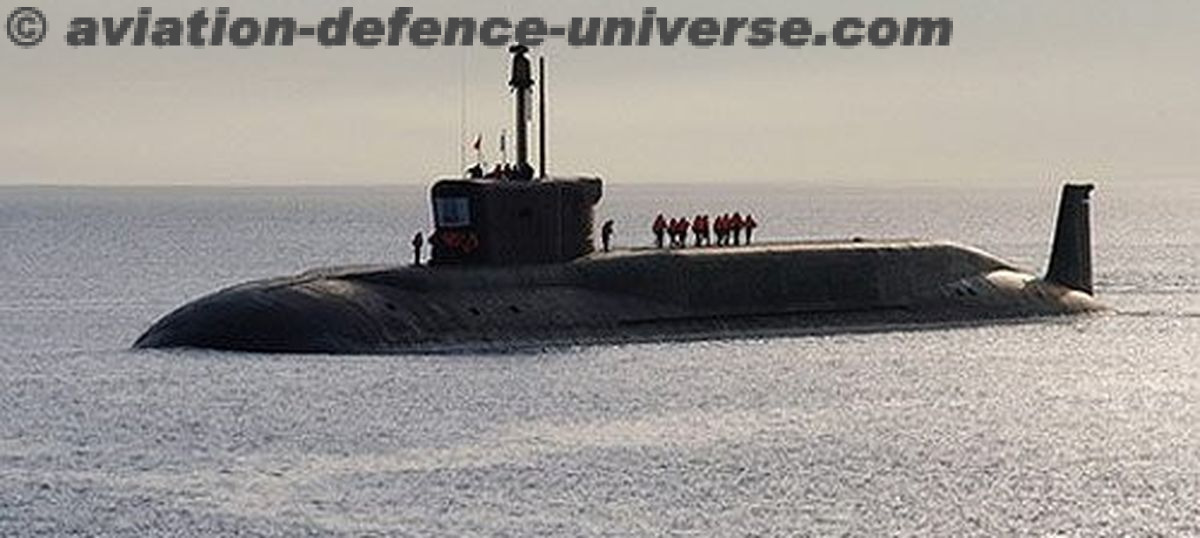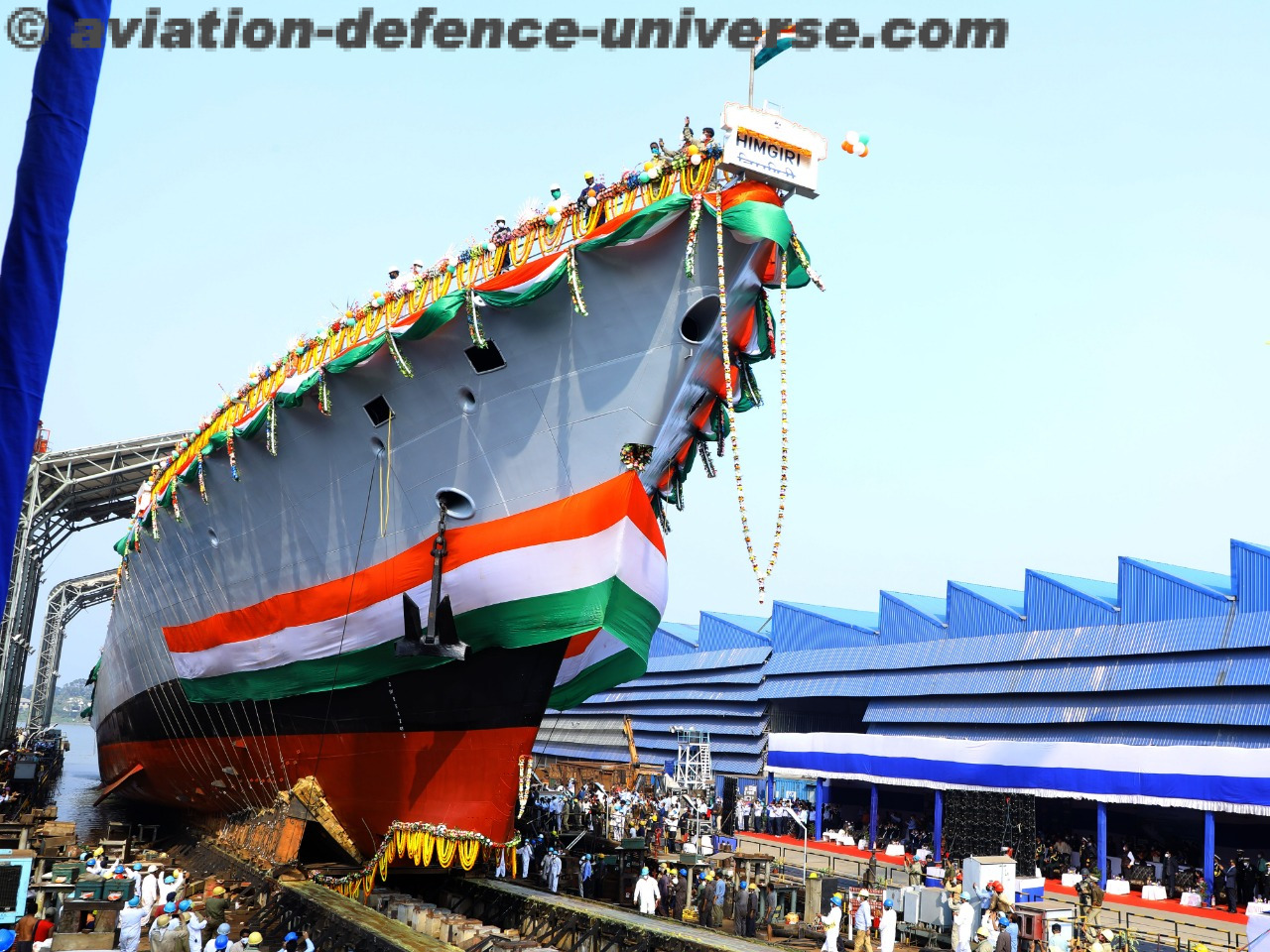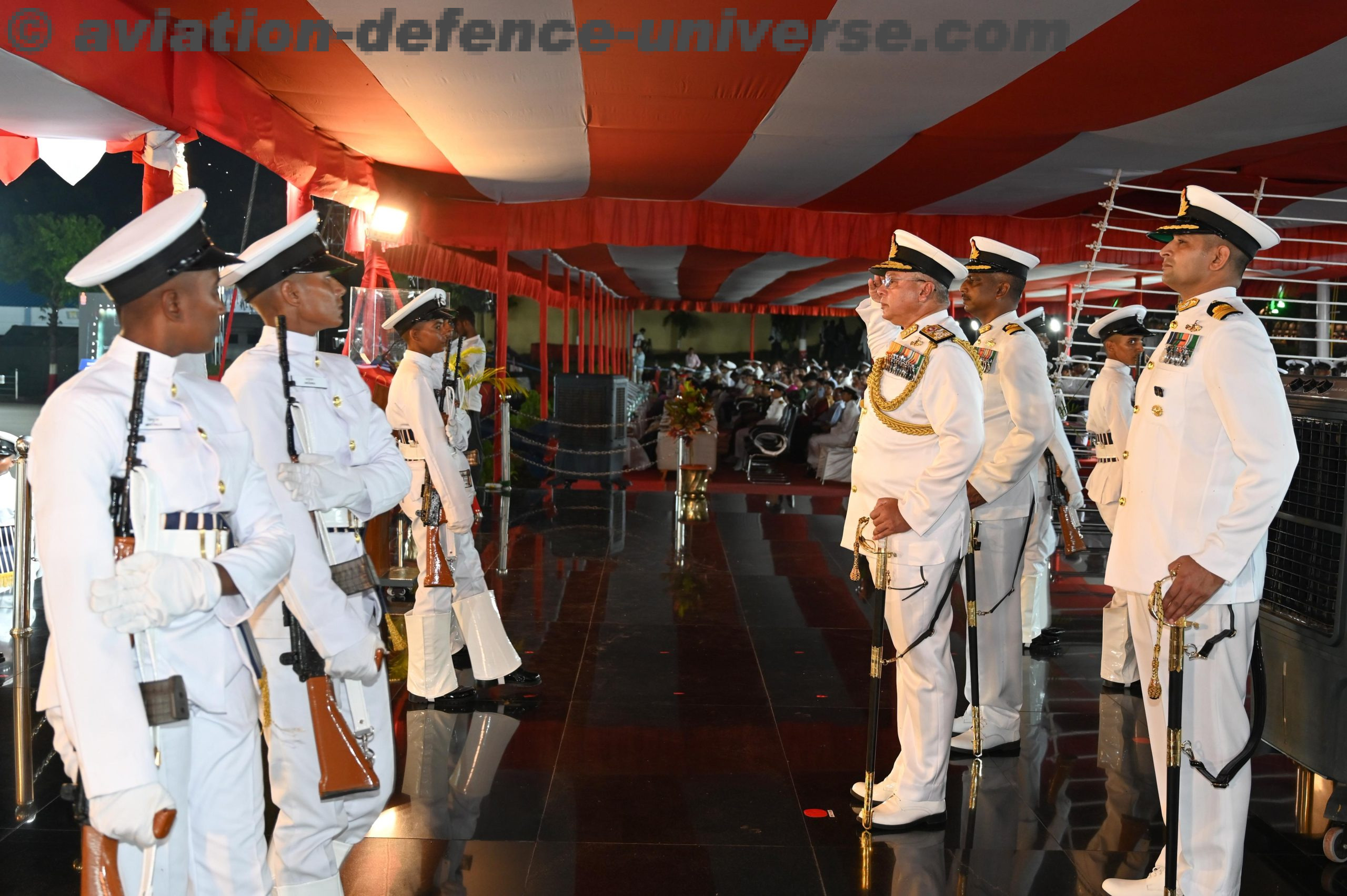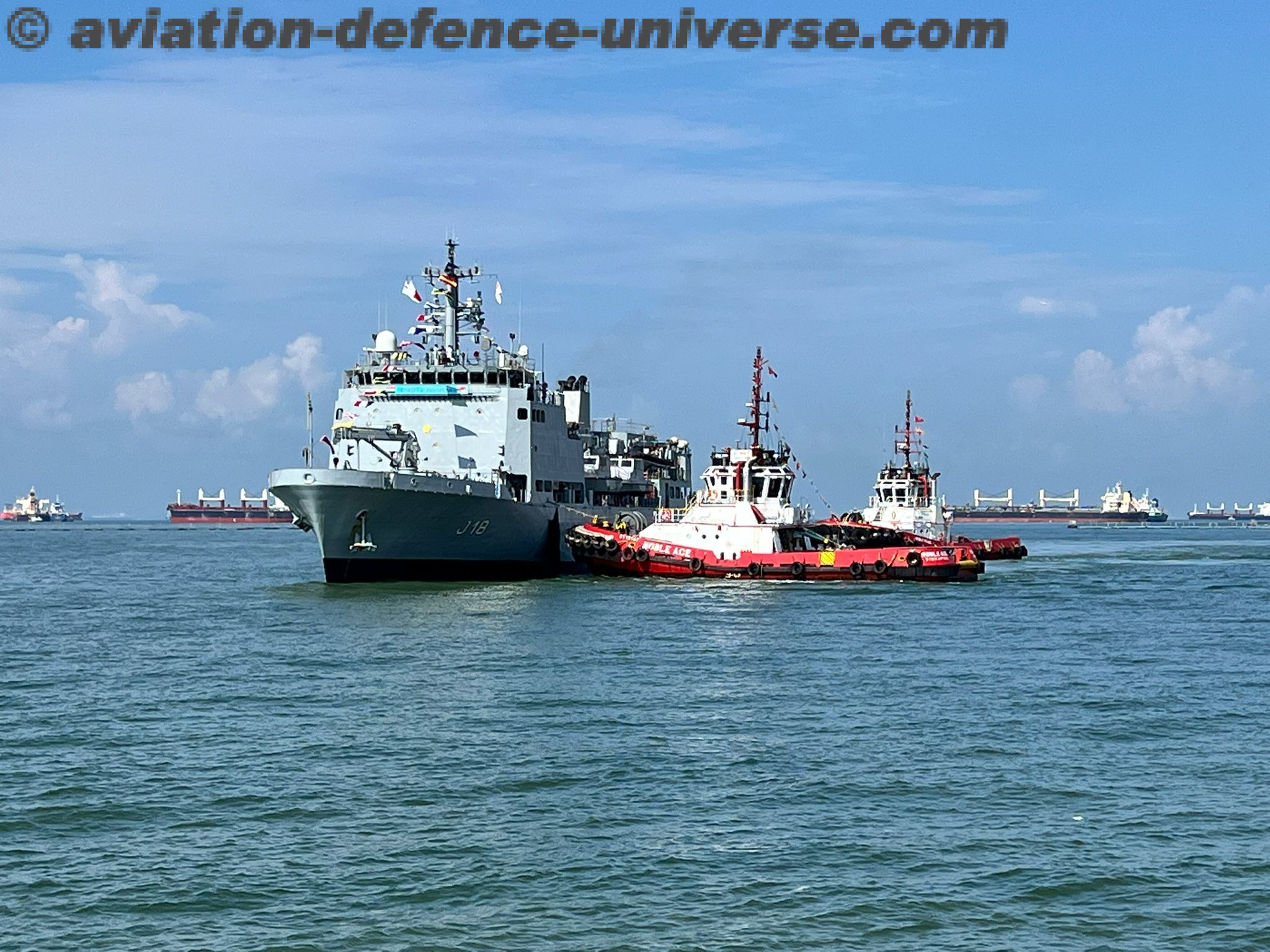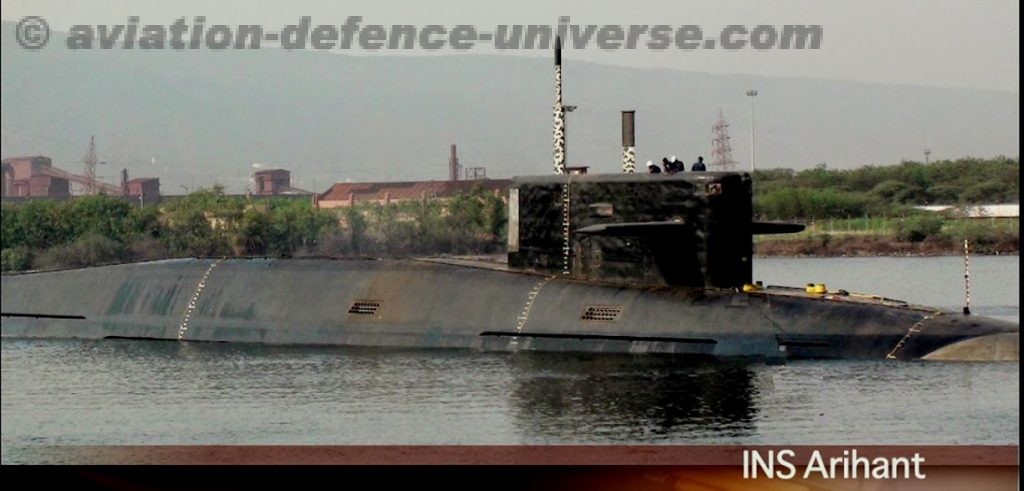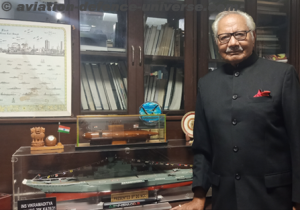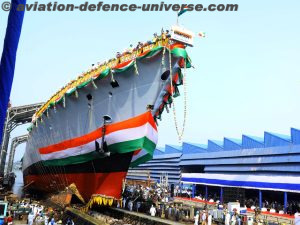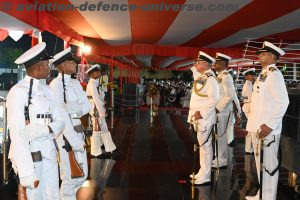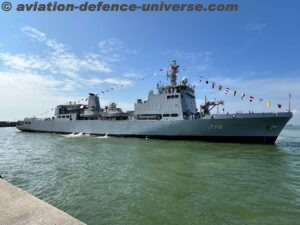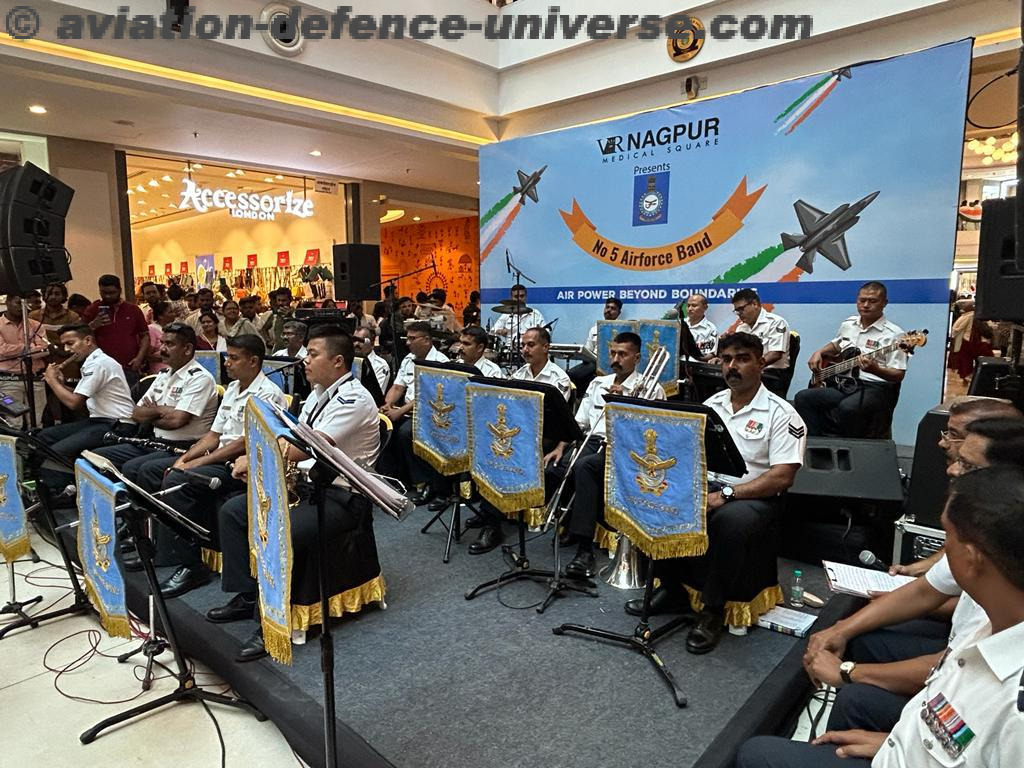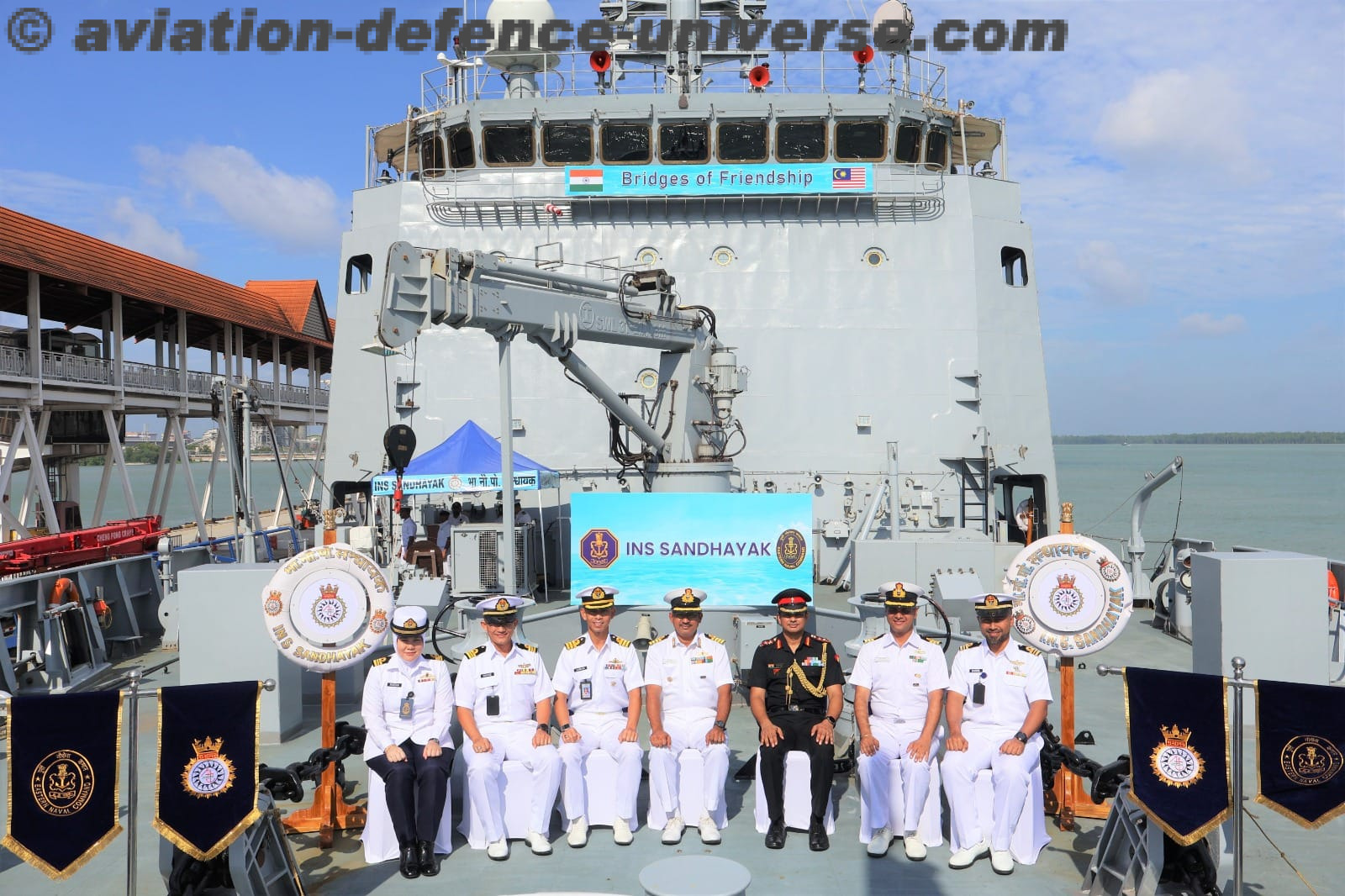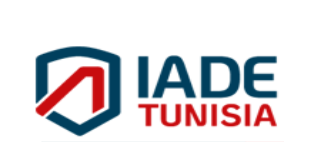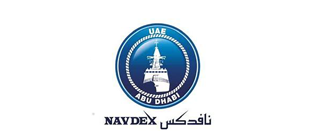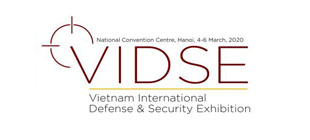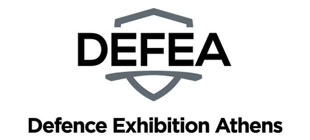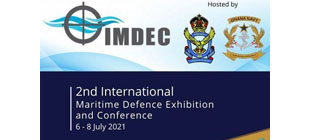- Stealth at Sea: The Evolution of India’s Underwater Warfare Capability
- From SSBNs to AIP SSKs – Mapping the Future of India’s Undersea Power
By Commodore Anil Jai Singh, IN (Retd)
New Delhi. 14 August 2025. In the second half of 2024 and the first half of 2025, five very heartening developments took place which seemed to suggest that at long last the potential of the submarine was finally getting the recognition it merited as the cutting edge of a nation’s maritime power. The first was the 
Submarines are the most potent weapon in a navy’s arsenal with their unmatched attributes of stealth, manoeuvrability firepower, underwater endurance and multi-role capability. With the surface of the sea becoming increasingly transparent, surface ships are becoming increasingly exposed and vulnerable to advanced surveillance technologies from outer space to the sub-surface, in an extensively networked maritime battlespace. Hence, it is submarines, operating in a relatively opaque medium many fathoms below the surface, that deliver the cutting edge. It is no wonder therefore that countries across the world, big and small are either seeking a submarine capability or are augmenting and modernising their existing capability. For small navies, submarines are an aspirational capability, and in a fraught geopolitical scenario driven increasingly by unprovoked asymmetric conflicts, they are the ideal sea denial platform.
Submarines can be divided into three main types. The most powerful are the nuclear powered ballistic missile firing submarines , also referred to as SSBNs which offer a stealthy, swift and credible nuclear weapon capability, and are also the most credible second strike platforms in the nuclear triad. Their primary role is strategic deterrence and they are not deployed as conventional war-fighting platforms. However, since SSBNs are extremely complex platforms and expensive to build, sustain and maintain, they are unaffordable for smaller nuclear weapon states like Pakistan.
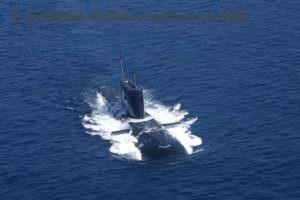
The third type are the conventionally powered diesel-electric submarines; these propelled by electric motors that get their power from batteries, which in turn, are charged by diesel generators. These are commonly referred to as SSKs and are the most commonly used submarines in the world.
Presently there are 42 navies operating submarines across the globe, of which 15 are located in the Indo-Pacific. Of these 42, the United States, France and the UK operate only nuclear submarines (SSBNs and SSNs) whereas Russia and China , in addition to SSBNs and SSNs also operate conventional diesel-electric submarines (SSK) because these are better suited for shallow water littoral operations than their mightier and bigger brethren. India is the only navy which operates SSBNs (as the sea vector of its nuclear triad) and SSKs but no SSNs, though a programme for these is at an embryonic stage. This is a major shortcoming which, if not addressed, could cost India dear. Brazil is on the cusp of building its first SSN with French collaboration, and Australia aspires to own and operate SSNs under the AUKUS programme.
As we celebrate 78 years of our hard-won independence, and aspire to become a developed nation 22 years from now, India will face many external security challenges. The world is passing through a turbulent churn with uncertainty being the only certainty at present. Its two adversarial nuclear armed neighbours, China and Pakistan, with their unholy nexus that is ‘higher than the highest mountain’ and ‘deeper than the deepest sea’ are constantly sniping at India’s heels across the disputed land border.
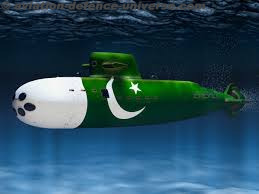
The increasing Chinese naval presence and influence in India’s immediate maritime neighbourhood is of concern to India, and the Indian Navy’s robust naval shipbuilding programme is being structured accordingly to ensure that it retains its edge in the Indian Ocean. Just as China will seek to contain India, India will have to do the same with China and its proxies.
The next decade will be crucial for India to shape the geopolitical contours of this region, particularly in the maritime domain. Submarines, as frontline platforms will have a critical role to play.
How will India’s submarine arm shape up in this period to meet this challenge ?
India’s present submarine inventory comprises two indigenously constructed SSBNs, named INS Arihant ( commissioned in 2017) and INS Arighat (commissioned in 2024). Both of them are armed with the Sagarika (K-15) missile which has a range of 750 kms. A longer range missile (K4) of 3500 km is at an advanced stage of operationalisation and has also been fired successfully from INS Arighat. It is assumed that longer range missiles would also be under development to compete with the US Russian and Chinese SLBMs which have ranges in excess of 10000 kms. Both these submarines are also undertaking successful deterrent patrols which have established the robustness and resilience of the complex command and control architecture required to launch an effective retaliatory strike, and is perhaps of greater criticality than the launch of the missile itself.
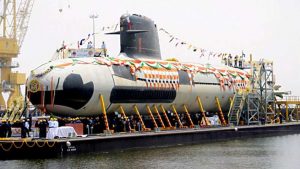
SSBNs are strategic platforms, and while strategic capability is an inescapable imperative for an emerging nuclear global power, it is conventional weapons and platforms that will impact the operational war fighting capability of the nation. Hence an effective SSN (nuclear powered attack submarines) and SSK (conventional submarines) force is a critical requirement that will shape the maritime security calculus in the region.
The country has been found wanting in addressing both these elements in a timely and comprehensive manner, for reasons that are best known to the decision makers in the hallowed corridors of South Block.
India began its tryst with nuclear submarines more than four decades ago. In 1988 it leased a Charlie-1 class SSN from the Soviet Union for three years which proved invaluable in understanding the complexity of operating, supporting and maintaining these platforms. This boat was returned in 1991. A long hiatus followed during which most of the personnel who had received nuclear submarine training had retired or moved on. In 2012, Russia leased us an Akula-2 class SSN for a period of 10 years which was returned in 2021. Valuable lessons about SSN operations were learnt from this lease as well, and this should have been the springboard for the indigenous SSN programme to take off. However, the proposal for six SSNs continued to do the rounds in New Delhi, the operational requirement and the gravity of the Chinese threat notwithstanding. Finally, in October 2024, the CCS gave a nod for two SSNs.
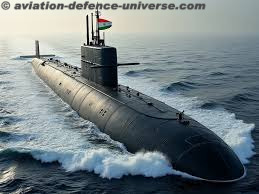
The IN’s SSN programme is still on the drawing board at the design stage. Hence even the most optimistic guesstimate would suggest a minimum of two decades to deliver a combat-ready platform. Hence the first SSN is unlikely to enter service before the early 2040s. Ideally we should have had at least two or three operational SSNs by 2035 to blunt the PLA Navy’s attempt to contain India with a potent blue water presence in the Indian Ocean, including a Carrier Battle Group and at least two to three SSNs, but precious time has already been lost. The approval for only two SSNs is also surprising, as this could lead to further delays in building the remaining four that have been envisaged. Perhaps an approval for six, to be built in two or three tranches could have reduced the time and cost, generated adequate RoI to enthuse industry, and optimised the economies of scale. The Government must surely have had good reason for approving only two – hopefully this will not compromise India’s maritime combat capability in a contested maritime environment during the next decade.
In the absence of SSNs, it is the Indian Navy’s SSKs that will have to deliver the goods for the next two decades. Unfortunately, here too the country is on the back foot and this is attributable solely to the delays in decision making at every level in the corridors of power. On paper the country has an impressive force level of 17 SSKs and seems aligned with the desired force level of 18 SSKs. However, numbers are deceptive. Of these, 10 are between 32 and 39 years old and an eleventh is over 25 years old. These submarines have been kept in fine fettle with periodic modernisation, but age is still a factor.
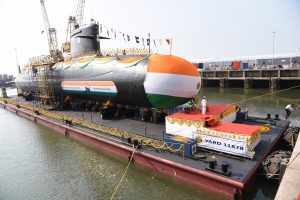
What is truly baffling is the delay in going ahead with the construction of six submarines under Project 75(I) despite being fully aware of the vintage of the older submarines and the delays in Project 75 with its consequent effect on submarine capability and numbers. AoNs were issued at regular intervals but no progress was made for a host of avoidable procedural reasons. The Request for Proposal (RfP) for these submarines was finally issued in 2021 and in early 2025 the shipyard was selected.
It is hoped that a contract for these submarines will be concluded soon and their construction will get underway. Given the average time of about seven years for the first of class SSK to be constructed, the earliest that the first submarine can be expected is 2033, and if one were to follow every year, then three of these would be operational by 2035. Fortunately these submarines will be of the latest design fitted with a proven AIP system and lithium-ion batteries, which are a breakthrough technology in submarine propulsion. Hence by 2035, the Indian Navy will have a submarine force comprising at best four or five of the older submarines (all in their late 40s), six Kalvari (Scorpene) class SSKs and at best, three of the P75(I) for a total of 13 at the very best. This will be the lowest number of submarines the IN will have since the late 1980s.
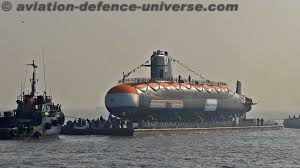
However, with the recent thrust towards developing our undersea warfare capability, the government has taken a very positive step of commencing work on a totally indigenous SSK design which will follow the P75(I) programme. Indigenisation and self-reliance is indeed the need of the hour, and India needs to ensure that it retains its long term focus on building a strong undersea warfare capability to tackle the stern tests that great power competition and contestation is going to bring to India’s doorstep.
(Commodore Anil Jai Singh is a submarine veteran. He is presently the Vice President of the Indian Maritime Foundation, and an Honorary Adjunct Fellow of the National Maritime Foundation. He is also an adviser to ADU).



















